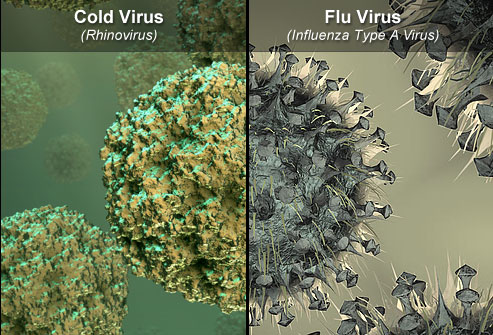07/03/24
On day 8 with a cold , Coach Jarrod explores 2 viruses.
Click HERE to download the Weekly English Practice as a PDF.
USEFUL VOCABULARY
- Stuffy: Feeling blocked or congested, especially in the nose or chest, making it difficult to breathe.
- Runny: Flowing freely, especially referring to a liquid like mucus from the nose.
- Cough: A sudden expulsion of air from the lungs, often accompanied by a sound, caused by irritation or to clear the airways.
- Mild: Not severe or serious, slight or moderate.
- Fever: An abnormally high body temperature, typically accompanied by chills and sweating. (Usually above 99°F or 37.2°C for adults)
- Chills: A feeling of coldness with shivering, often accompanying a fever.
- Aches: Painful sensations in the muscles or joints.
- Vulnerable: Susceptible to harm, attack, or criticism.
- Spark: To ignite or cause something to start suddenly.
- Recognizing: Identifying or understanding something.
- Well-being: The state of being healthy and happy.
Decoding Differences: Colds vs. Flu and Their Evolutionary Dance
Colds and the flu might feel similar with a stuffy nose, cough, and tiredness, but they’re actually different. Think of them like two different characters in a story.
While both colds and flu are respiratory illnesses with similar symptoms like runny nose, cough, and fatigue, their differences lie in the culprit, severity, and overall impact.
Firstly, the viruses responsible for each illness are distinct. Colds are caused by a diverse group of over 200 different viruses, primarily rhinoviruses, while influenza viruses cause the flu. This variety explains the milder and often variable symptoms of the common cold compared to the more consistent and intense symptoms of the flu.
Secondly, the severity and duration of symptoms differ significantly. Colds typically cause mild discomfort, with a gradual onset and lasting around 7-10 days. In contrast, the flu often hits abruptly with high fever, chills, muscle aches, and fatigue, lasting for a week or two.
Thirdly, the impact on public health and evolution varies greatly. Colds, though widespread, rarely lead to serious complications. The flu, however, can pose a significant threat, especially to vulnerable populations like the elderly and young children. This potential for rapid spread and severe outcomes drives the rapid evolution of influenza viruses, allowing them to evade existing immunity and spark outbreaks, even requiring annual vaccinations.
In conclusion, understanding the differences between colds and flu, from their viral causes to the severity of symptoms and their impact on individuals and society, is crucial for taking steps to prevent their spread and manage them effectively. As we navigate the ever-evolving dance with influenza viruses, recognizing and understanding these distinctions remains crucial for our well-being.
LET’S CHAT ABOUT THAT!
- What home remedies do you use when you feel a cold coming on?
- Do you think people take enough precautions to avoid spreading colds and the flu? Why or why not?
- How do you tell the difference between a bad cold and the flu?
- With all the information available, why do you think some people still choose not to get vaccinated against the flu?
- Have you noticed an increase in the number of people getting sick lately? Do you think colds and the flu might be getting worse or longer-lasting?

